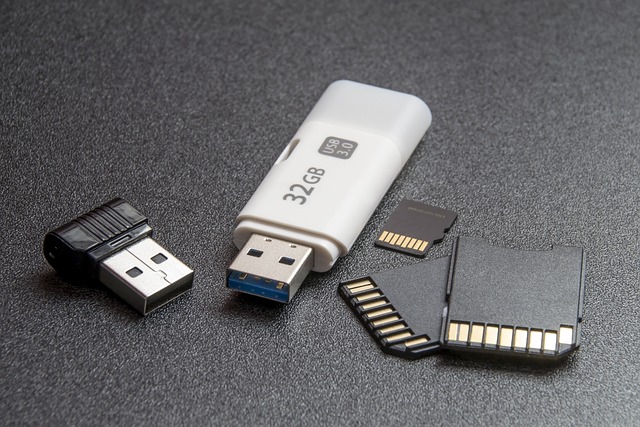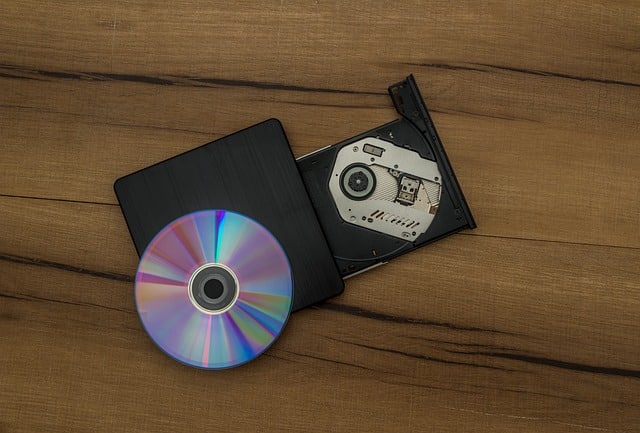
Storage devices are objects that write and read data on a medium.
The concept of storage devices encompasses two notions. Devices are machines or systems capable of carrying out certain actions and fulfilling an objective (they are "arranged" for that). Storage , on the other hand, is the action and effect of storing (gathering or saving things, recording information ).
In this way, we can affirm that storage devices are devices that write and read data on a medium . These devices, therefore, work in conjunction with all the media where the files of a computer or other computer system are stored, both logically and physically.
Examples of storage devices
A hard drive is a storage device. This type of device has one or more discs that are joined by the same axis and that rotate in a metal structure. Each disk has read/write heads to work with the information.
CD-ROM or DVD-ROM drives are also storage devices. These drives can be read-only or have the ability to record information in the corresponding format ( CD or DVD ). The immense popularity of CD-ROM and DVD-ROM devices, given their advantages over floppy disk drives, caused the latter to fall into disuse at the time, due to offering a very limited capacity and a very high reading and transfer speed. minor.
Among the storage devices that have grown the most in recent years are memory card readers , which are part of computers through the USB port or some type of board. Memory cards are more durable than CD-ROMs and DVD-ROMs and, given their dimensions and compact nature, are easier to transport.

A CD-ROM drive is a storage device.
Historical tour
The history of storage devices shows a great variety of products , among which are failed attempts to impose new trends; On repeated occasions, some companies have opted for the marketing of memory cards or optical discs that would distinguish them from the competition and allow them to take advantage of a large portion of the market, but they have very rarely been successful.
If we travel to the eighties, for example, one of the storage devices used by some computers were cassettes , the same ones that were first associated with the distribution of music. To store and read data on them, a device was needed that at first glance looked like a tape player without speakers; This was connected by cable to the computer and did not exactly stand out for its speed or reliability, but it did stand out for its low cost.
Floppy disks (also called flexible disks and, in English, diskettes or floppy disks) enjoyed great popularity until they were replaced by rewritable CDs and USB memories (pendrives). Although their capacity was negligible compared to later alternatives and they were very prone to failure or breaking, until the early 90s there was no one who did not collect them in piles tied with elastic bands to safeguard (or believe they did) their data. your personal information, documents, and favorite apps.
As much as it may seem difficult to imagine today, many programs and video games were distributed in packages of floppy disks, which very often exceeded ten. The Windows operating system, without going any further, up to version 95 was offered on this medium.
Storage devices today
Current market demands regarding storage devices lead them to offer high capacity combined with high reading and writing speeds .
Also that they are light and small so that they can be transported comfortably; that have a compact design; that protects the product from falls and other accidents; that its manufacturing is economical and, therefore, its sales price, accessible; and consume little electricity.
